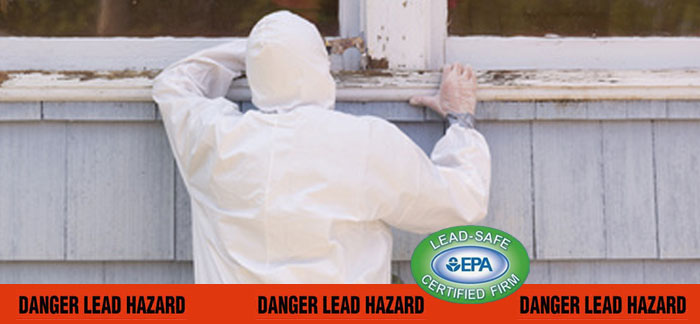NextGen Restoration prides itself on going above and beyond OSHA lead standards in when removing lead from dwellings. OSHA has stringent rules, laws and regulations for assessing and removing lead from homes and other structures.
At NextGen, we protect our clients from the harmful, and sometimes deadly, effects of lead. Yes, the expenses may be overwhelming, however, it’s far less costly when you consider the costs you could incur should you need medical attention due to lead exposure. Our technicians are certified (NAT-34462-1), trained and experienced to seek out and properly remove all traces of lead, including:
Lead in pipes
Lead deep in the structure of your property
Lead traces in furniture, clothing, flooring, and carpets
Lead Can Enter the Body in Two Ways:
Inhalation. By breathing in dust or fumes.
Ingestion. By swallowing lead dust.
After lead has entered your body, it reaches your major organs like your stomach and lungs, and even enters your bloodstream. With mass exposure, the results can be deadly and have even been known to cause cancer. Even small amounts of lead can cause serious risks to your health if you’re exposed to it on a regular basis, from the paint in your home, for example. Thankfully, homes built after 1978 are banned from using lead-based paint, but if you live in a home that was built before 1978, there is a good chance the paint inside and outside your home is lead-based. Your best chance of saving your health is by hiring a professional, certified OSHA lead removal company such NextGen Restoration.
Chronic Exposure to lead can do serious damage to the urinary, reproductive and nervous system. Chronic exposure happens when you are exposed to small amounts of lead on a regular basis. Some of the symptoms are headache, dizziness, nausea, loss of appetite, a metallic taste (like a penny), insomnia, fatigue, muscle and joint pain, constipation, and, in infants, colic.
Acute Exposure can also have side effects like fatigue, agitation, headaches, poor memory, vertigo, tired feeling, hallucinations, convulsions, and even coma. Acute exposure happens when you are exposed to large amounts of lead in just a short amount of time. This is generally the most harmful. A deadly result of acute exposure to lead is Encephalopathy*, which can cause seizures and heart failure, and within only 48 hours of exposure, can cause death.
Any person who has been exposed to large amounts of lead should seek medial attention immediately.
What Are the OSHA Lead Standards?
OSHA 29 CFR 1926.62 is OSHA’s Interim Final Rule for Lead in Construction. It covers a number of activities, including, renovation and demolition involving lead-based materials and removal of lead-based paint.
OSHA 29 CFR 1910.1025 covers the use of lead in general industry. It includes lead smelting, manufacturing and the use of lead-based pigments contained in inks, paints and other solvents in addition to the manufacturing and recycling of lead batteries.


